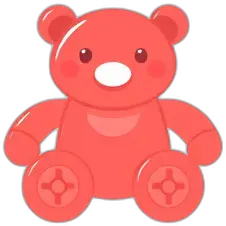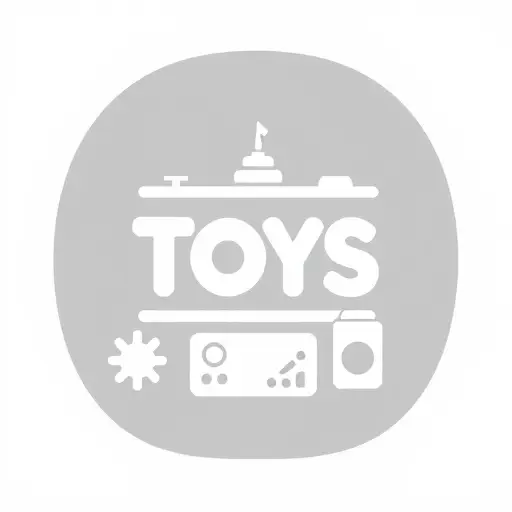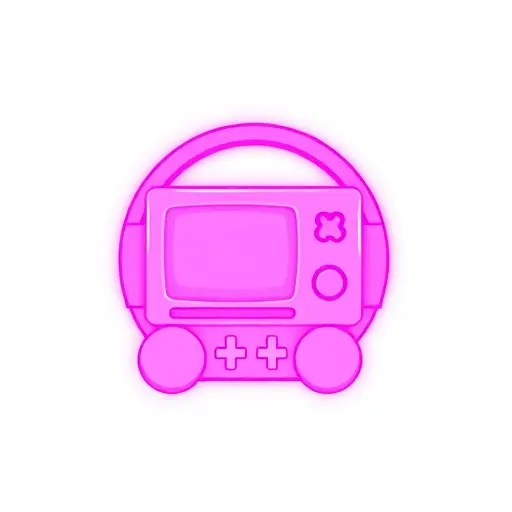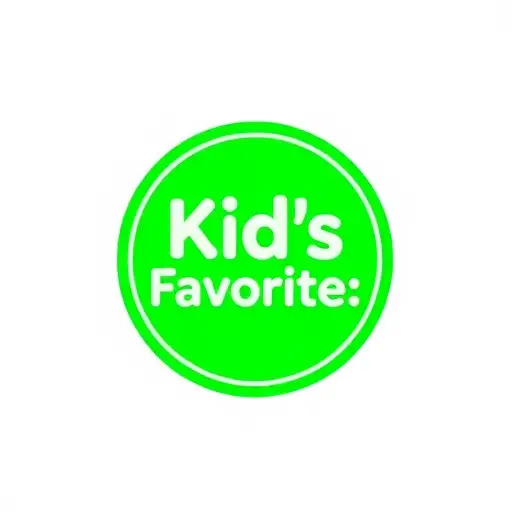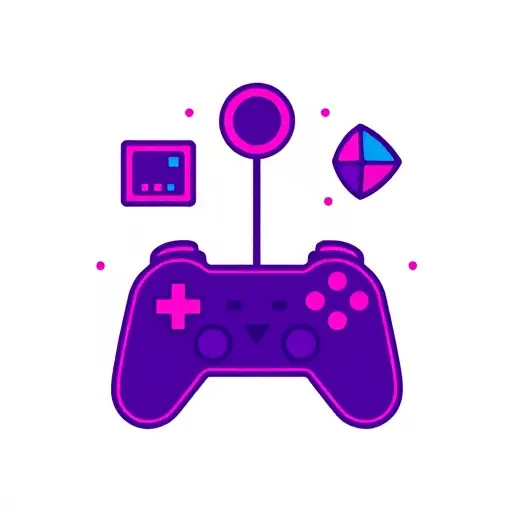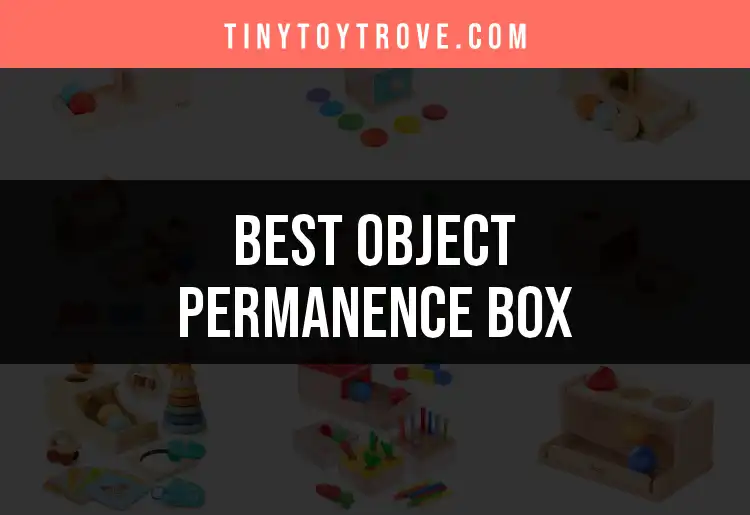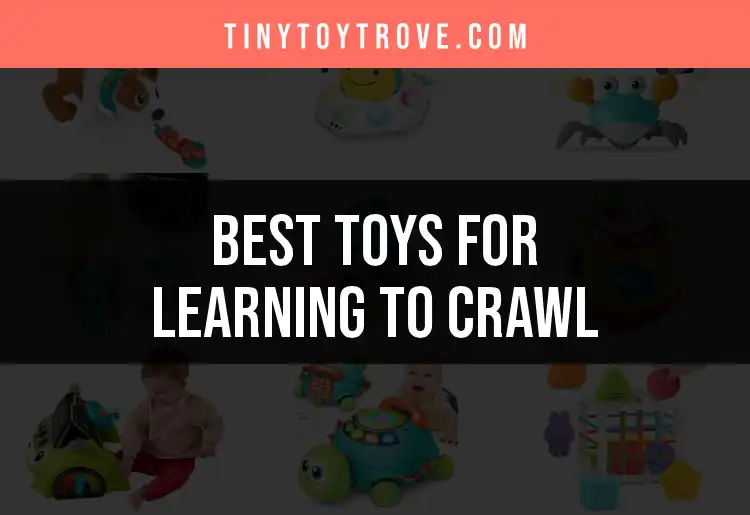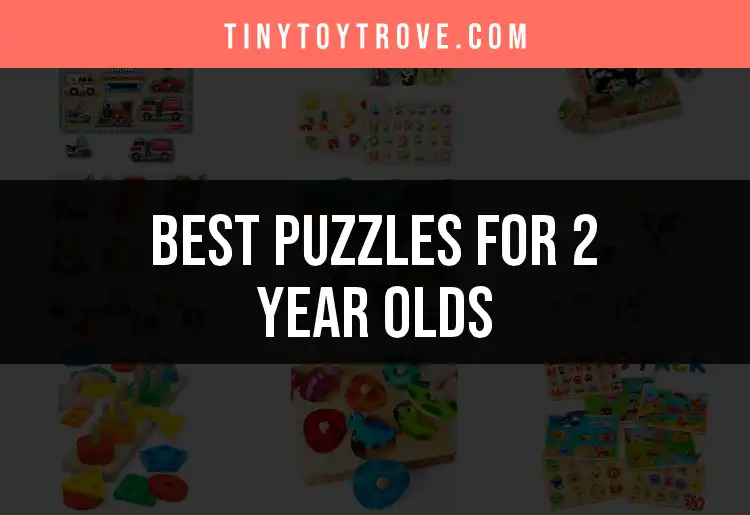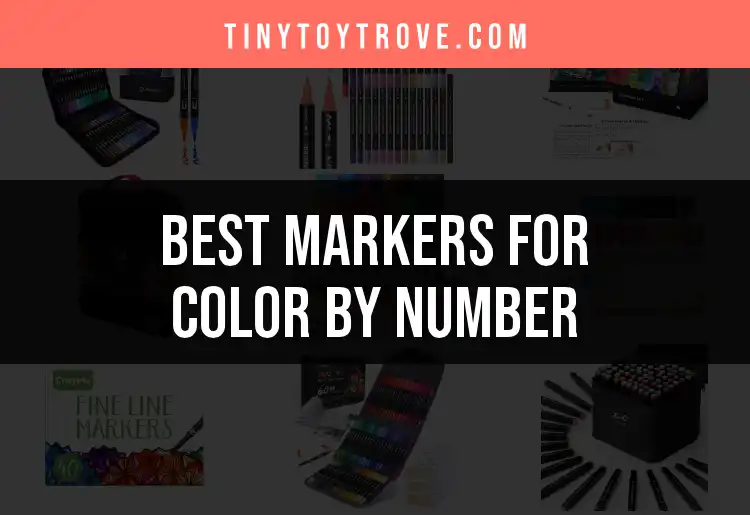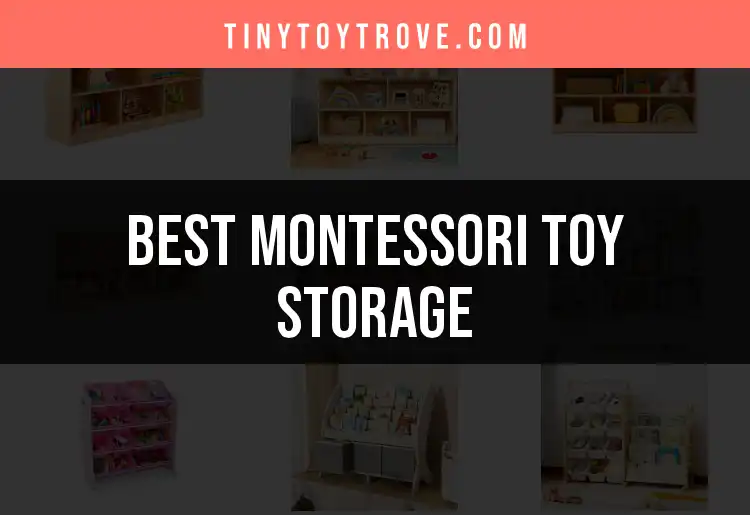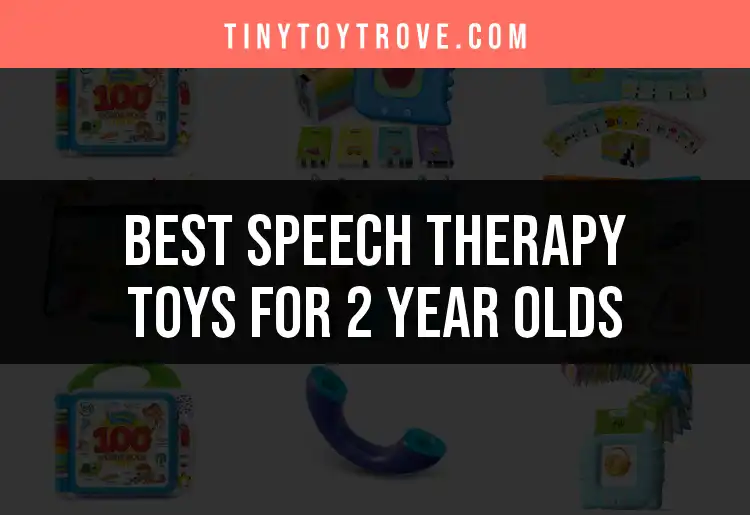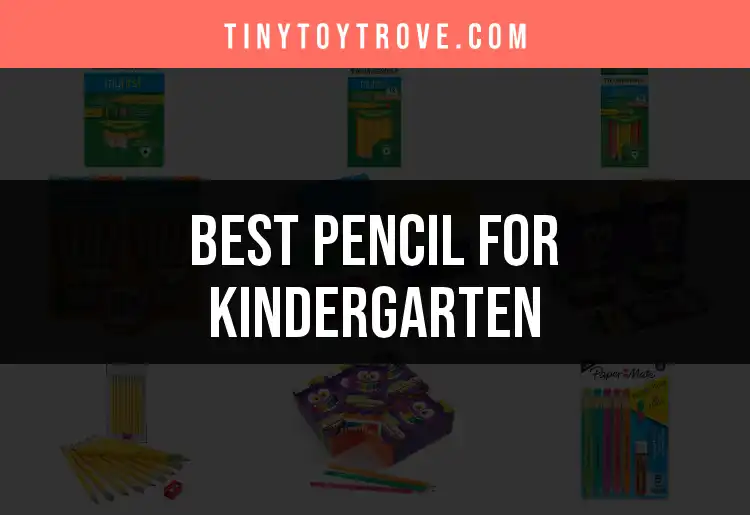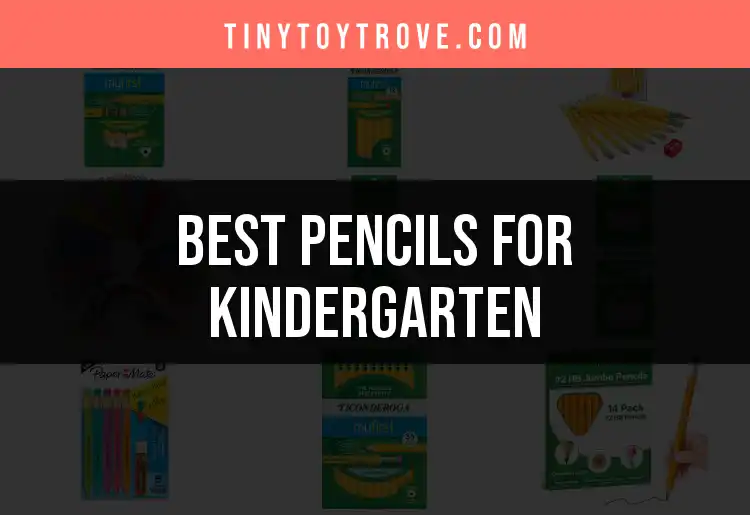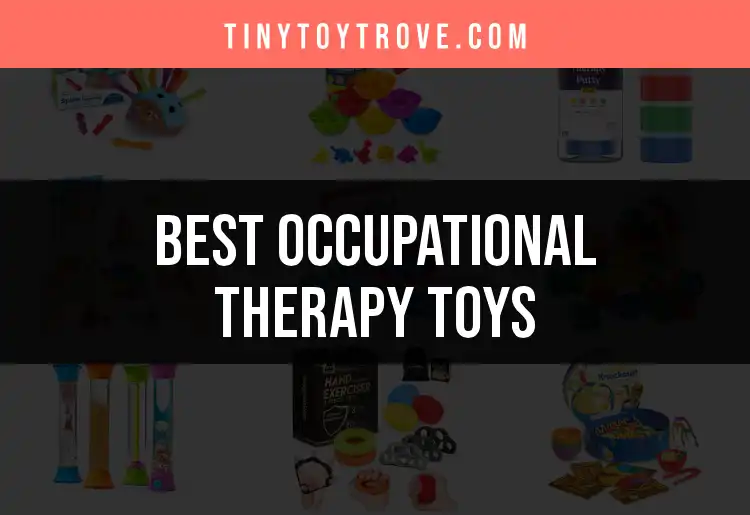Educational Toys
Introduction to Educational Toys
Educational toys refer to a range of playthings crafted specifically to promote learning and development in children. Unlike regular toys, educational toys incorporate educational concepts—be it language development, motor skills, problem-solving abilities, or creativity—into their design. As children engage with these toys, they naturally absorb knowledge, making learning feel like a fun and enjoyable experience rather than a chore.
The significance of educational toys extends beyond mere entertainment. They serve as vital tools that can influence a child’s cognitive and emotional development. Each toy has the potential to introduce new ideas, concepts, or skills, providing a solid foundation for lifelong learning. By understanding the essential characteristics of educational toys, you can make informed choices that enrich your child’s playtime and learning opportunities.
Benefits for Children’s Development
The role of educational toys in a child's development cannot be overstated. They provide a hands-on approach to learning that resonates particularly well with young minds, who are innately curious and eager to explore the world around them. Here are some detailed benefits they offer:
-
Cognitive Growth: Engaging with educational toys enhances critical thinking, problem-solving, and decision-making skills. For example, phase-based toys like puzzles or building blocks help children learn about shapes, dimensions, and cognitive patterns. These toys challenge them to think logically, promoting cognitive awareness that lays the groundwork for future academic success.
-
Social Skills: Many educational toys are designed for group play, allowing children to practice critical social skills such as sharing, empathy, and communication. When collaborating on activities, children learn how to negotiate, resolve conflicts, and understand different perspectives, which are essential for building successful relationships later in life.
-
Motor Skills: Toys that require physical interaction help develop fine and gross motor skills. For younger children, toys like stacking rings or pegboards encourage hand-eye coordination and dexterity. As they grasp, manipulate, or assemble components, they strengthen essential physical skills that are crucial for everyday activities, including writing and utilizing utensils.
-
Creativity and Imagination: Toys that encourage imaginative play, such as dress-up costumes or art supplies, allow children to express themselves and explore various roles and scenarios. This sort of creativity is integral to a child's social-emotional development and promotes flexibility in thinking.
With an understanding of the benefits offered by educational toys, parents can leverage this knowledge to select the best options suited for their child's needs and growth.
Types of Educational Toys
Educational toys come in various categories and serve diverse developmental purposes. Let's take a closer look at these classifications and their associated benefits.
Creative and Artistic Toys
Creative and artistic toys are vital for stimulating children's imagination. They provide opportunities for kids to express their individuality and explore their creative abilities, which are essential components of holistic development.
Teacher Coloring Pages
Coloring is more than just a fun activity; it’s a way for children to explore colors, shapes, and patterns while enhancing their fine motor skills. As they color, they develop hand-eye coordination and practice control over their hand movements. Moreover, when children create their own artwork, it boosts their confidence and self-expression.
For teachers and parents alike, teacher coloring pages can be used creatively, whether for a classroom activity, at-home projects, or therapeutic purposes. Selecting age-appropriate coloring pages can spark discussions about colors, animals, and themes, enriching the learning experience even further.
Light Up Drawing Boards
Light up drawing boards offer an engaging platform for creative expression. Children can draw and doodle in glowing colors, which can captivate their attention and motivate them to create continuously. Beyond artistry, these boards also encourage fine motor skills, as children learn to control strokes and develop hand stability.
When evaluating options, consider how a light up drawing board can cater to your child’s creative imagination while providing a unique experience that traditional drawing methods lack. The immediate feedback from vibrant colors and lights can enhance a child's enjoyment and engagement with the creative process.
STEM Toys
STEM toys focus on crucial disciplines that prepare children for a technology-driven world. These toys lay the framework for critical thinking and problem-solving skills, steering children towards a future where these abilities are indispensable.
Newton's Cradle
Newton's cradle is a classic yet compelling educational tool that visually demonstrates principles of physics, such as momentum and energy conservation. Children are captivated by the swinging balls, learning cause and effect through observation. Each swing offers insight into physical laws in an interactive manner.
Examine the profitable educational value offered by a Newton's cradle—not just a gadget for adults but a fascinating way for kids to grasp basic physics concepts while sparking their curiosity about the world of science.
Language and Literacy Toys
Language and literacy toys are designed to bolster communication skills and encourage early reading habits. They help children develop a foundational understanding of language, which is essential for academic success.
Yoto Cards for 2-Year-Olds
At the age of two, children begin to recognize sounds and have a simpler grasp of storylines. Yoto cards are a creative way to introduce storytelling, as they provide engaging audio diversions that can captivate young listeners. With their variety of themes, Yoto cards foster imagination and help children develop listening skills.
Harness the power of storytelling with Yoto cards for 2-year-olds, as they offer a delightful way for parents to bond with their children while nurturing early language skills even before they can read. Listening to stories supports language comprehension, vocabulary growth, and fosters a love of storytelling.
Yoto Cards for 3-Year-Olds
At three years old, children are ready for more complex narratives that will challenge their understanding. Yoto cards tailored for this age incorporate more intricate story lines that can enhance vocabulary and comprehension while sparking discussions about characters and morals.
Exploring Yoto cards for 3-year-olds can open the door to storytelling conversations, and provide an excellent opportunity for parents to engage with their children in discussing themes, emotions, and lessons learned.
Alphabet Flashcards
Flashcards have long been a staple in classrooms and homes for early literacy. Alphabet flashcards are effective educational tools because they transform letter recognition into a fun and interactive experience. Holding or manipulating the cards helps children associate letters with sounds and words.
A well-chosen set of alphabet flashcards can offer various strategies for learning—from matching games to helpful content in language development. Utilizing these cards fosters critical awareness of language that serves as an essential stepping stone to reading fluency.
Talking Flashcards
Incorporating audio technology into flashcards elevates the learning experience significantly. Talking flashcards read words and phrases aloud, allowing children to hear correct pronunciation while engaging with the physical card itself. This contributes to enhanced learning via auditory and tactile approaches.
Utilize talking flashcards as an interactive tool that makes learning dynamic, ensuring children learn the pronunciation of words and associate them with their meanings more effectively. Parents can participate by repeating after the cards, enriching the language acquisition process.
Talking Flash Cards
Similar to the previous category, talking flash cards may offer varied themes or styles, making them versatile learning aids. Incorporating these cards can deepen understanding and serve as a fun addition to educational routines. Discover the wide array of options available through talking flash cards, enriching your child's learning experience.
Montessori Toys
Montessori toys emphasize hands-on learning and exploration, following the principles of the Montessori educational approach, which encourages self-directed, independent learning.
Montessori Toys for 2-3 Year Olds
For toddlers aged two to three, Montessori toys can significantly enhance learning experiences that focus on sensory exploration. These toys usually provide opportunities for problem-solving, critical thinking, and motor development through simple, tactile exercises.
Exploring a selection of Montessori toys for 2-3 year olds can help parents implement age-specific learning, encouraging independence while fostering cognitive and emotional growth in a child-friendly environment.
Toys for 4 Month Olds (Montessori)
Even at four months of age, infants benefit from non-toxic, sensory-rich Montessori toys that help develop their early motor functions and sensory awareness. Toys designed for this age focus on sounds, colors, and textures to stimulate curiosity and engage the child’s senses.
Understanding how Montessori principles apply to infants equips parents to select toys for 4-month-old Montessori that engage infants purposefully, leading to more meaningful developmental milestones through early engagement.
Preschool Manipulatives
Preschool manipulatives are educational toys designed to support fine motor development and cognitive learning. These are hands-on tools that enable children to explore mathematical concepts, spatial awareness, and problem-solving skills through interactive play.
Familiarize yourself with the collection of preschool manipulatives that can nurture children’s early learning experiences. Hands-on, tactile interaction lays a foundation for lifelong learning, allowing children to grasp concepts such as addition, subtraction, and early engineering.
Puzzle Toys
Puzzles are a solid bridge between play and learning. They require children to use their visual-spatial skills for recognition and problem-solving, which are critical aspects of cognitive development.
Puzzle Board with Drawers
Puzzle boards with drawers pair the benefits of organization with an engaging play experience. These boards often come with various sections to sort puzzle pieces, prompting children to improve their sorting skills while keeping play areas tidy. Engaging with these boards enhances cognitive skills alongside tactile learning.
Discover puzzle boards with drawers as an organization solution that encourages orderliness while promoting problem-solving abilities. Children can develop independent learning habits by managing their puzzle components actively.
Puzzle Roll Up Mat
A puzzle roll-up mat is an excellent investment for families with limited space. It allows children to roll up their ongoing puzzles safely, protecting their work while saving room in the play area. This mat encourages children to revisit their projects and promotes prolonged engagement with problem-solving.
Consider the variety available in puzzle roll up mats to find a suitable option that complements your child's play habits. A consistent environment fosters focused learning, encouraging children to reaffirm concepts explored through puzzling.
Puzzles for 7 Year Olds
As kids reach seven years old, they are ready for more complex puzzles, often featuring multi-layered components that require logic and creativity to solve. Engaging with such challenging puzzles encourages patience, persistence, and strategic thinking, crucial attributes for academic success.
Explore recommended puzzles for 7-year-olds that can stimulate young minds while making problem-solving enjoyable and rewarding. The accomplishment felt from completing a challenging puzzle can significantly boost confidence.
Puzzles for 10 Year Olds
By age ten, children can tackle sophisticated puzzles that challenge their analytical skills and require methodical thinking. These puzzles encourage independent problem-solving and allow children to hone their thinking processes, promoting cognitive flexibility.
A well-curated selection of puzzles for 10-year-olds can provide the mental challenge children crave while empowering them to develop critical thinking skills beneficial across various subjects and experiences.
Fun and Magical Learning Toys
Magic kits typically captivate children’s attention while expanding their creativity, social interactions, and performance skills.
Magic Kits for 8-Year-Olds
Magic kits can boost children’s confidence, creativity, and presentation skills. These kits introduce tricks that encourage practice and mastery, leaving kids feeling a sense of accomplishment when they perform.
Explore magic kits for 8-year-olds that provide diverse trick selections, sparking interest and enhancing the skills needed to captivate audiences. Participating in magic performances can also promote social interactions and bolster public speaking skills.
Building and Construction Toys
Building and construction toys encourage creative engineering and problem-solving. By engaging in this form of play, children learn how to plan, visualize, and create, fostering competencies essential for various professions.
Magnetic Toys for 2-Year-Olds
Magnetic toys serve as an introduction to basic engineering concepts, allowing younger children to explore building and design principles safely. Playing with magnetic pieces can bolster spatial reasoning and imaginative play, both of which are vital for developing a child's cognitive foundation.
Investigate engaging options in the realm of magnetic toys for 2-year-olds that can foster creativity and encourage imaginative play while independently exploring the fundamental concepts of construction.
Selecting the Right Educational Toys
As you seek out educational toys, consider the following factors to ensure you make informed choices that support your child’s growth and education:
-
Age-Appropriate Choices: Selecting toys meant for your child’s age group ensures that the toy will challenge them appropriately without overwhelming them. Toys that are too advanced may lead to frustration, while those that are too simple might not capture their interest and ultimately fail to stimulate growth.
-
Considering Learning Styles: Recognizing your child’s unique learning style—whether visual, auditory, or kinesthetic—will help guide your selections. Tailoring toys to suit these preferences means that playtime can become a deeply enriching, individualized learning experience.
-
Safety Standards and Quality Assurance: Always verify that the toys you select comply with safety standards to ensure they are free from hazardous materials. By prioritizing well-regarded brands that focus on quality and safety, you promote a safe environment for play and exploration.
-
Balancing Fun and Learning: The ideal educational toy captivates your child’s interest while simultaneously offering valuable learning opportunities. When children find joy in their play, they are more likely to engage deeply and learn effectively.
Conclusion
Educational toys hold the power to transform a child’s learning experience, blending play with essential skill development. With the right choices, you can encourage curiosity, creativity, and cognitive growth, setting the stage for lifelong learning.
As parents or caregivers, investing in educational toys is an investment in your child’s future. To discover a diverse selection of toys that will foster growth and development, explore our vast collection of educational toys today! Let’s embark on a journey to cultivate a love for learning through engaging, informative playtime for your children.
Additional Resources
For further exploration into the significance of educational play, consult articles and resources that delve into engaging activities, innovative educational toys, and reviews from other parents and educators who have experienced the transformative power of these playthings first-hand. Understanding the diverse applications of educational toys can equip you to provide the best environment for your child’s growth.
